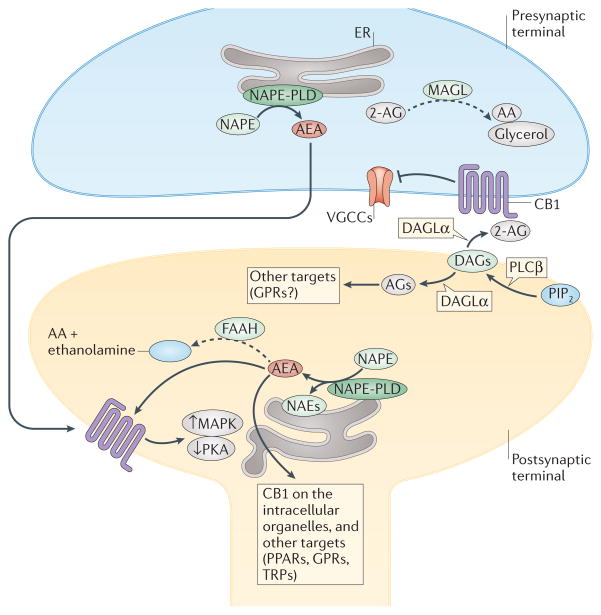Figure 1. Main biosynthetic and inactivating enzymes in endocannabinoid signalling.
The subcellular distribution in neurons of enzymes regulating the levels of endocannabinoids (eCBs) is shown, including the proposed role of these lipid mediators in retrograde (mainly for 2-arachidonoyl-glycerol (2-AG)), anterograde and intracellular (for anandamide (AEA)) signalling. The biosynthesis of AEA occurs through the action, among others, of N-acylphosphatidylethanolamine (NAPE)-specific phospholipase D (NAPE-PLD), which is located in intracellular membranes both pre- and postsynaptically. AEA is degraded by fatty acid amide hydrolase 1 (FAAH), which is located postsynaptically. This distribution of the enzymes responsible for synthesis and degradation of AEA enables this and other N-acylethanolamines (NAEs) to function as anterograde signals acting at postsynaptic targets, or as intracellular mediators. 2-AG is biosynthesized by diacylglycerol lipase-α (DAGLα), which is located postsynaptically, and degraded by monoacylglycerol lipase (MAGL), which instead is presynaptic, thus accounting for the retrograde signalling action suggested for this endocannabinoid (see FIG. 2b). The complexity arising from the fact that many of these enzymes also regulate the levels of eCB-related mediators, with non-cannabinoid receptors as targets, is also depicted. For further complexity in eCB signalling see FIG. 4 and Supplementary Information S1 (table). Solid arrows denote transformation into active metabolites or activation; dashed arrows denote transformation into metabolites inactive at cannabinoid receptors; blunt arrow denotes inhibition. AA, arachidonic acid; AGs, 2-acylglycerols; DAGs, diacylglycerols; ER, endoplasmic reticulum; GPRs, orphan G-protein-coupled receptors; MAPK, mitogen-activated protein kinases; PIP2, phosphoinositide bisphosphate; PKA, protein kinase A; PLCβ, phospholipase Cβ; PPARs, peroxisome proliferator-activated receptors; TRPs, transient receptor potential channels; VGCCs, voltage-gated calcium channels.

